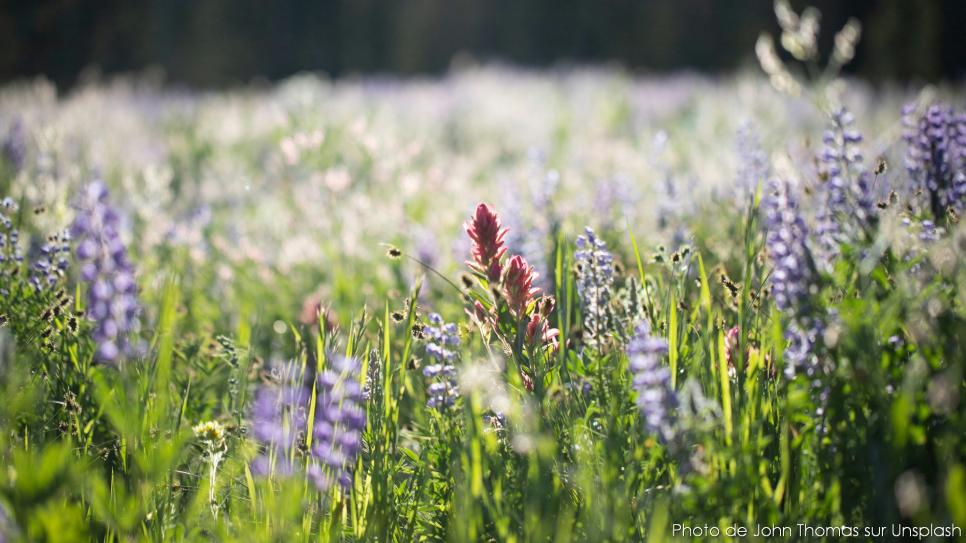Wild relatives of domesticated crops also possess genetic diversity that is particularly valuable for improving cultivated varieties and making them more productive, more nutritious or more resilient to climate change. Unfortunately, recent work carried out on 1076 distant cousins of 81 cultivated plants (cereals, tubers, roots, spices, fruits, vegetables etc.) has shown that they are currently very poorly conserved. Nearly a third are not present in genetic resource collections, and almost a quarter are represented by fewer than 10 samples. According to the authors, over 70% of these wild cousins of cultivated plants should be urgently collected to complete gene banks. Overall, considering their range in the wild and potential ecological variations, over 95% of wild relatives of domesticated species are insufficiently represented in collections. These shortcomings deprive breeders of an immeasurable genetic wealth. In the 1970s, the use of a wild rice species enabled the development of a variety resistant to the rice dwarfing virus, which was costing Asian farmers hundreds of millions of dollars in losses.
Preserving the genetic diversity of agricultural species does not stop at just preserving cultivated varieties. The challenge is far-reaching. Meeting it will require the involvement of researchers, politicians, NGOs and, ultimately, consumers.


